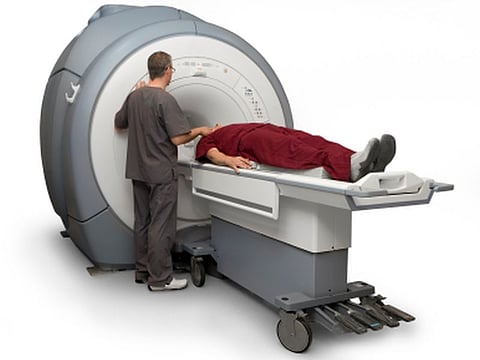THURSDAY, Dec. 15, 2016 (HealthDay News) -- Magnetic resonance imaging (MRI) and MRI-targeted biopsies have a role in the diagnosis and treatment of patients with a prior negative prostate biopsy, according to a review published in the December issue of The Journal of Urology.
Andrew B. Rosenkrantz, M.D., from the NYU Langone Medical Center in New York City, and colleagues conducted a literature review and formed consensus statements relating to the role of prostate MRI and MRI-targeted biopsy in patients with a negative biopsy.
The authors note that there are various options for men with a prior negative biopsy. Prostate MRI and subsequent MRI-targeted cores appear to facilitate detection of clinically significant disease over repeat biopsy if a biopsy is recommended. For any patient with a prior negative biopsy who has persistent clinical suspicion for prostate cancer and who is under evaluation for possible repeat biopsy, high-quality prostate MRI should be strongly considered. The decision to perform imaging in this setting should account for results of other biomarkers and cost of the examination. To achieve optimal results, experience of the reporting radiologist and biopsy operator are required.
"If a repeat biopsy is deferred on the basis of magnetic resonance imaging findings, then continued clinical and laboratory follow-up is advised and consideration should be given to incorporating repeat magnetic resonance imaging in this diagnostic surveillance regimen," the authors write.
Several authors disclosed financial ties to the medical publishing, biotechnology, and medical device industries.
Full Text


